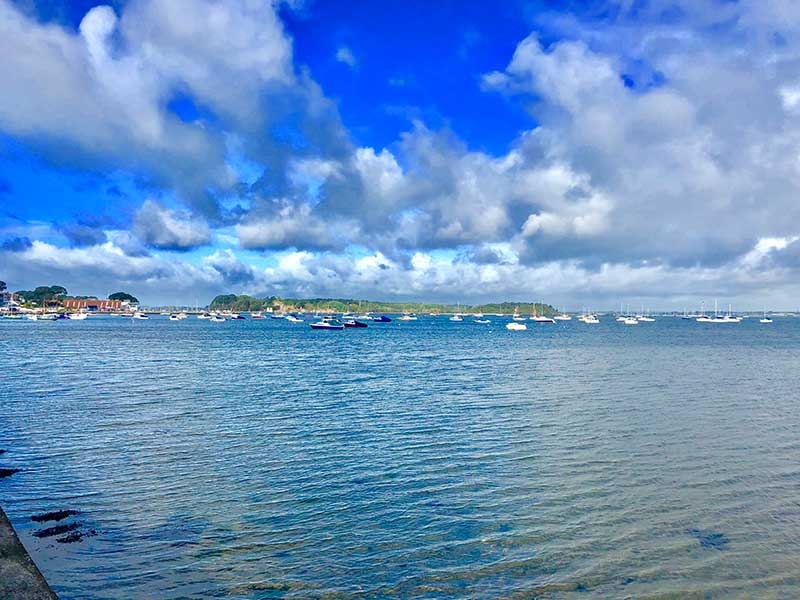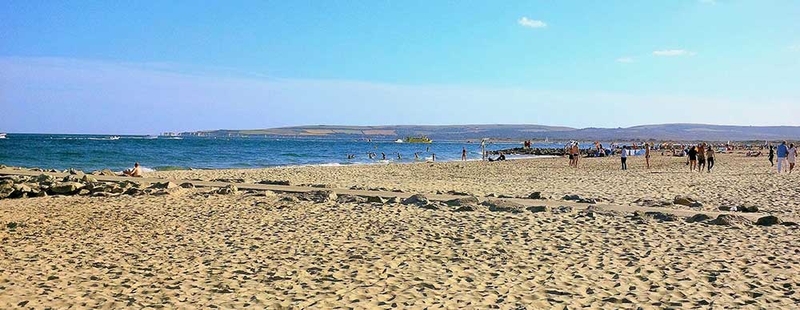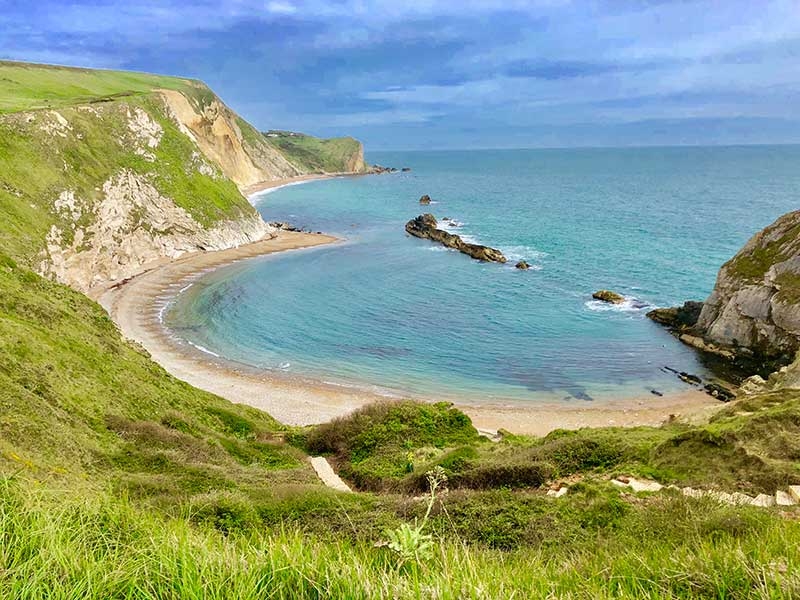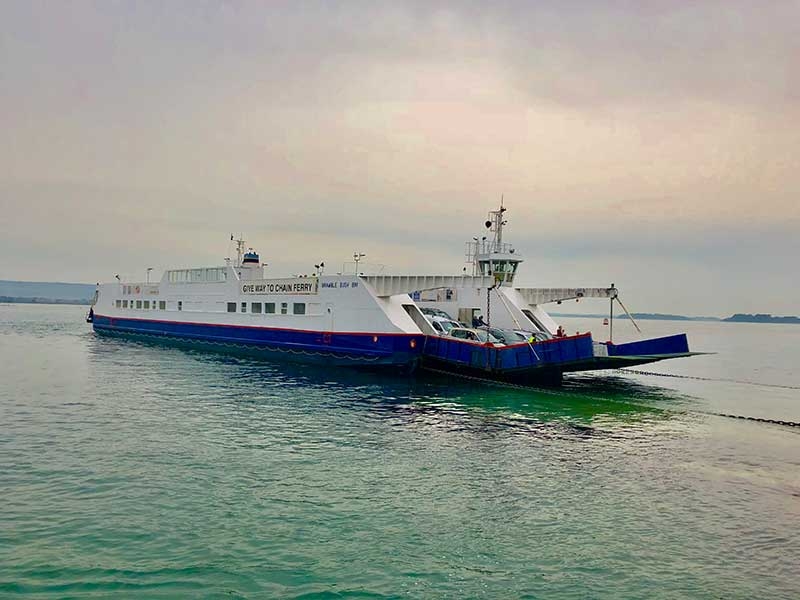Things to do in Sandbanks
- Home
- Sandbanks
Sandbanks is a small peninsula jutting into Poole Harbour.
It is famous for its pristine sandy beach and its high property prices (the fourth highest in the world, according to one survey).
Here’s a summary of the best things to do in and around Sandbanks.
The beach
Let’s start with the beach. The public areas are found on the east side of Sandbanks. They are sandy, clean and safe for swimming (an area close to the main car park is life guarded from 10am to 6pm during the summer months).
Other amenities include a car park (£2.20 per hour!), an 18-hole crazy golf course, an excellent children’s playground and some well-tended gardens.
Opposite the main beach car park is an arcade of shops with an estate agent, cafe (the Caff), and one of Rick Stein’s seafood restaurants.
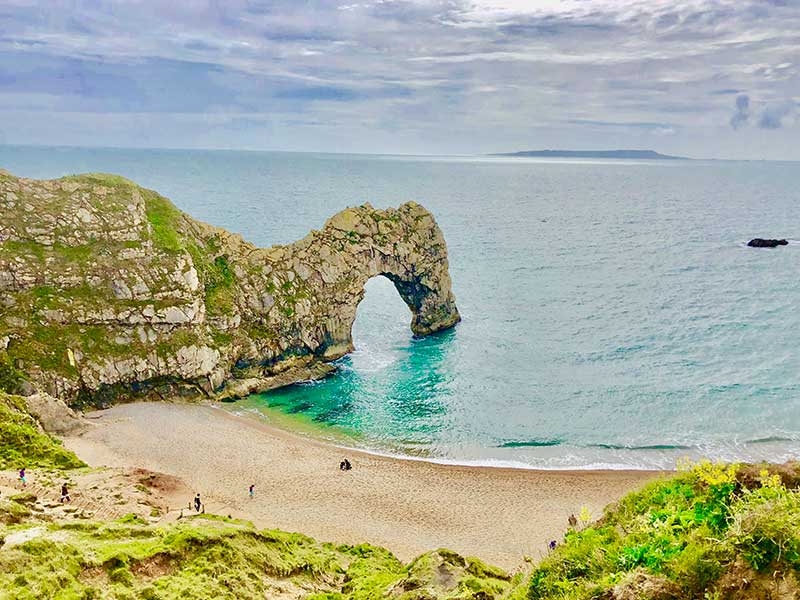
Rick Stein
A 3 course set lunch is offered at Rick Stein’s for £27.95 in the impressive dining room, offering super views over the Poole Harbour and out to Brownsea Island. We dined in the evening for about £100—and had alcohol, three starters but no desserts—so the pricing is reasonable. The food was fantastic (we loved the deep fried coconut prawns and Indonesian seafood curry) and the service attentive.
If you are looking to splurge out, you might try the Lobster Thermidor (£64.95) or the Oyster Charentaise starter (£23.95), freshly opened oysters with hot, spicy sausages, ideally accompanied by a cold white wine.
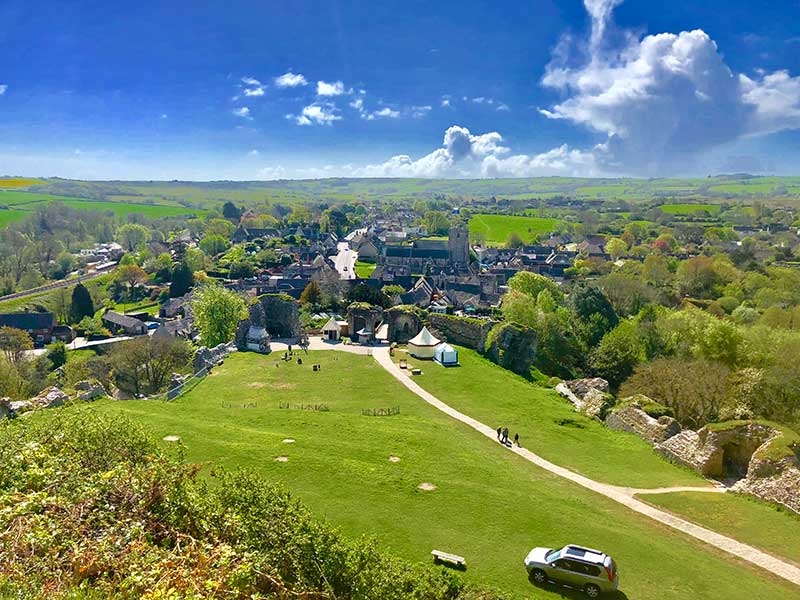
A walk around Sandbanks
For a good circular walk, follow the beach south from the main car park until you hit the four-star Haven Hotel (where you can grab a drink at the non-residents bar). Then have a look at the chain ferry transporting cars and cyclists the 500 metres or so to Studland.
Continue around the peninsula on Panorama Road taking in the impressive houses and huge Scots pines as you go.
Most of the beach in this side of Sandbanks is private, but there are a number of clearly marked footpaths that let you walk to the water’s edge and take in the views. Stop in for a coffee at the Boatyard cafe before reaching Rick Stein’s restaurant.
Continue in the left hand side of the road, taking in views over Poole Harbour and out to Brownsea until you get to Tesco Metro. The Harbour is extremely shallow, with an average depth of only 48 centimetres, and home to wildlife including Curlew, Brent Goose, Oystercatchers and the Bar-Tailed Godwit. It is also used extensively for paddle-boarding, kayaking, kite-surfing and windsurfing.
Then cross the road and pass the Jazz cafe on the way back to the beach. Head right (south) until you get back to the main car park.
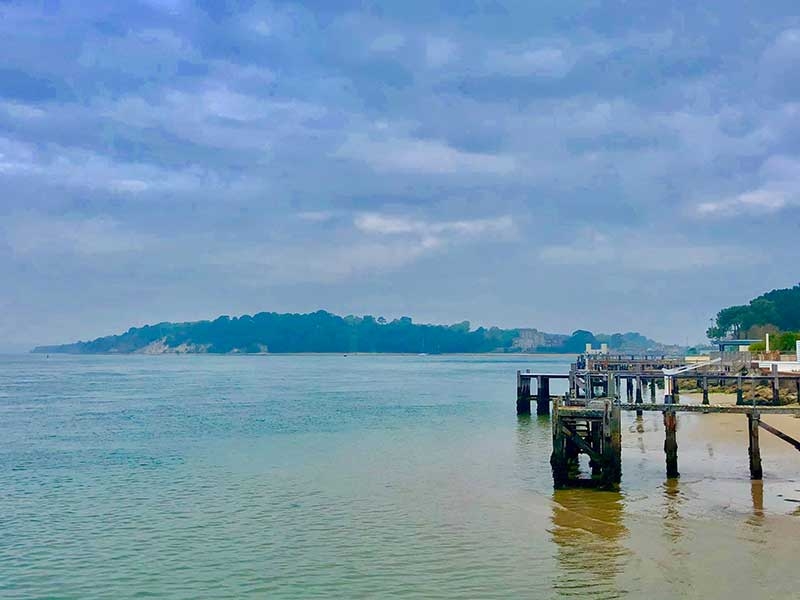
In and around Swanage
Take the chain ferry from Sandbanks to Studland and then carry on to Swanage. This is an attractive seaside town offering a number of good restaurants (the Stone House pizza restaurant and Ship Inn were our favourites).
Head inland to Corfe Castle, constructed during the reign of William the Conqueror and destroyed by Parliamentarians during the English Civil War. Although the castle is largely ruins, the walk to the top of the hill, the views and excellent information make this a good fair-weather attraction (not so good in the rain). There’s a nice tearoom and a lovely children’s playground found in the woods that connects the castle to its car park.
A good bet for all weather conditions is the Swanage Steam Railway. The journey takes about half an hour and comes complete with lots of horn tooting, steam and smoke: guaranteed to keep little ones happy.
Next, head down to Durdle Door and Lulworth Cove. These highlights of the Jurassic coast are must-sees. Durdle Door is a huge natural limestone sea-arch that you’ve probably seen on a postcard. And Lulworth Cove is a sandy heart shaped bay that looks like it has been computer-animated.
Other decent attractions near Swanage are the National Tank Museum near Bovington (which is not just for the military enthusiast—there’s lots here for kids too; and this is inside and so great for a rainy day) and the Monkey World Ape Rescue Centre.
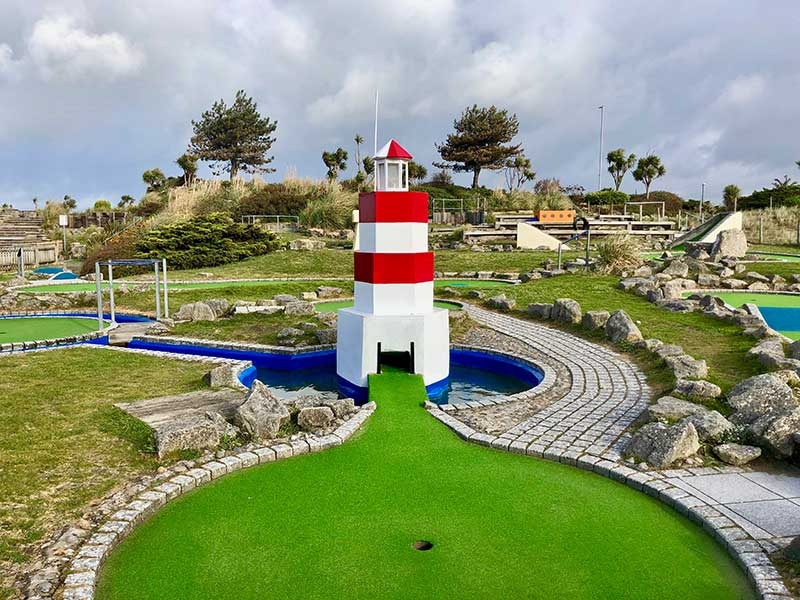
Poole and Bournemouth
Bournemouth is a thriving seaside town with lots to do come rain or shine. Its 7-mile sandy beach is regularly voted the best in the country (and the sixth best in a Europe in one survey).
Other outdoor attractions include Bournemouth’s two piers (the longer Bournemouth pier and the architecturally more significant Boscombe pier), and the 1.5-mile Victorian gardens (split into lower, central and upper sections).
For a rainy day, the Victorian Russell-Coates Museum has just about anything you can think of, and there are three music venues (the Bournemouth Pavilion, the O2 Academy and The Bournemouth International Centre). Another good indoor option is the Bournemouth aquarium.
